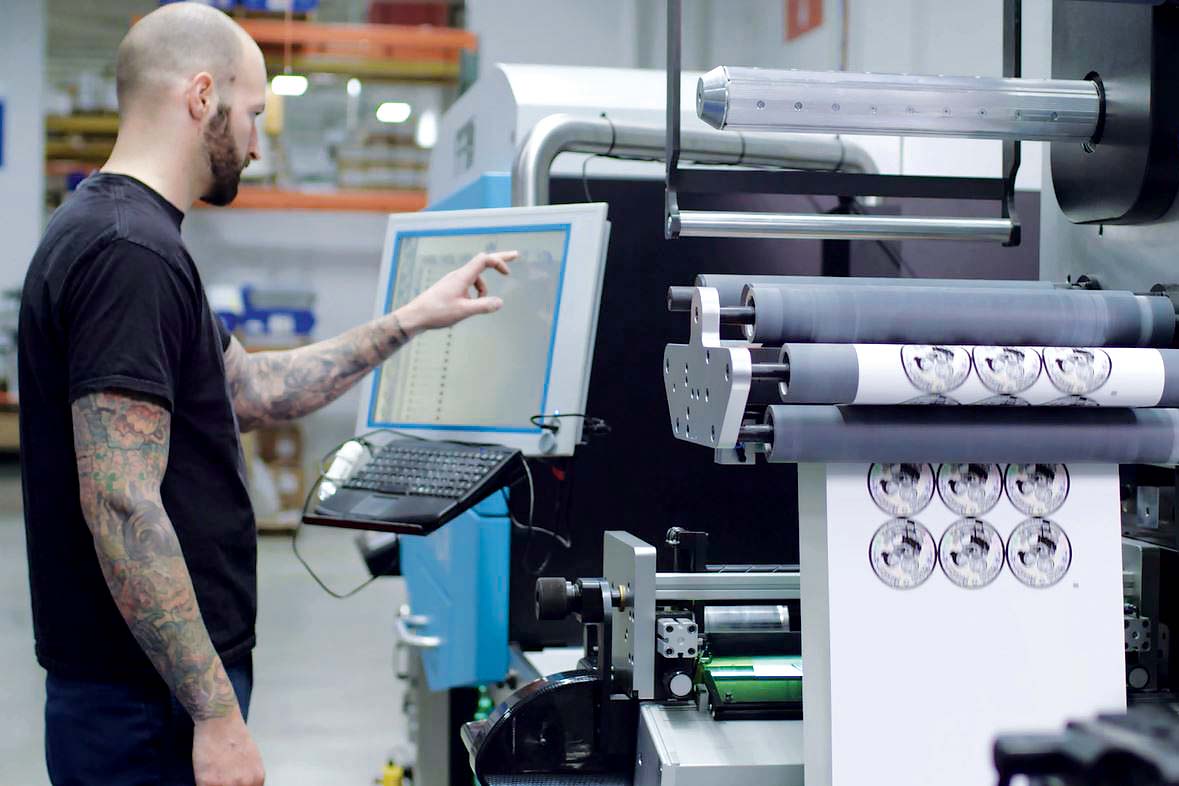Trends
A New Mindset Around Digital Label Printing

As digital printing takes the label industry by storm, big changes can be expected. End users are leveraging the power of digital printing to enable better business planning, streamline production, improve product tracking, and enhance their marketing efforts. This is evidenced by such things as personalized labels on consumer goods, the kitting of labels for durable goods manufacturers, and more.
A quick history
Historically, flexographic and screen printing have been mainstays for printing durable labels. While flexo offers the superb image quality highly desired in the consumer label industry, it has its limitations, most significantly, the need to produce larger quantities of labels to be profitable. Screen printing can produce the smaller amounts to suit OEMs’ needs, but production can be slower and costly.
Both require a significant amount of time to create plates, screens, and dies, as well as to allow for job changeovers. They also need a substantial amount of space for the storage of those items along with large quantities of label materials and/or finished product for customers. Flexo and screen also require the expertise of skilled operators to ensure proper setup, color management and image registration.
The impact of the long run requirement puts constraints on the end user in terms of label costs and production planning. A power tool OEM, for example, must plan far in advance for what tools they will produce and when, and then order a large quantity of each label required. The printer produces each label on a separate roll as a separate job, and then either the printer or the power tool OEM must store an inventory of labels for use over time. Should a label design need to be changed, any labels currently in storage must be discarded and reprinted, which is costly for the OEM.
An example
The capabilities of digital printing and processing are allowing printers to reconfigure artwork so they can produce label “kits” for OEMs that contain sheets of labels with all the labels on each sheet required for each unit the OEM produces. In the example of our power tool OEM, let’s say the plan for the following week is to make 2,000 sanders, 2,000 circular saws and 1,000 hedge trimmers. The OEM can configure the label artwork for each item such that the printer can produce 2,000 sheets of sander labels, 2,000 sheets of circular saw labels, and 1,000 sheets of hedge trimmer labels. All the different sets of labels can be printed, die cut and sheeted in line, producing the exact quantity the OEM requires for the following week.
Now, let’s say a necessary part for making sanders doesn’t come in as expected and the OEM decides to make drills that week instead. The OEM can simply send its printer the new artwork, which the printer can then sub in electronically to produce the new set of kits. The beauty of this type of system is that there is no overage of labels to store at either the printer or the OEM. Furthermore, the OEM’s process becomes more efficient because the workers have all the labels for each unit together on one sheet rather than having to pull each label from a different roll.
What lies ahead?
More and more, end users are taking advantage of the capabilities of digital to save money, improve workflows, and provide better consumer experiences. Label kitting is only one example and over time, we’ll undoubtedly find more innovative ways to utilize digital printing to meet the demands of end users. Perhaps you will be one of those innovators.